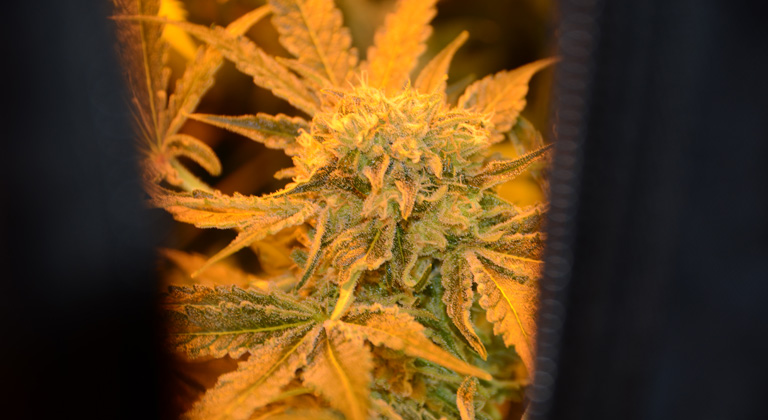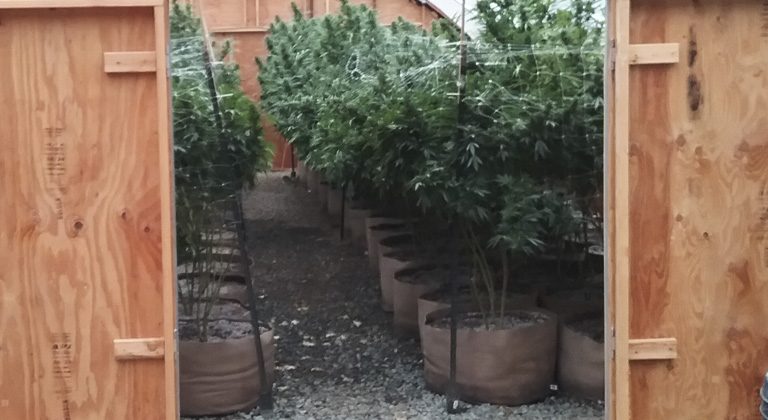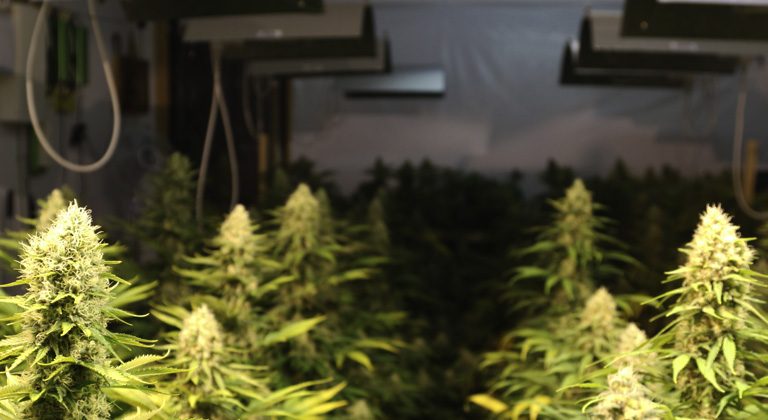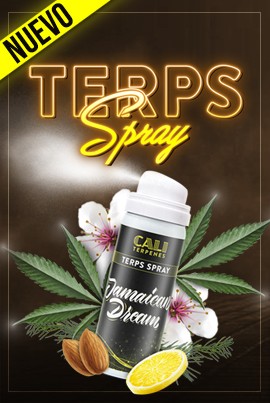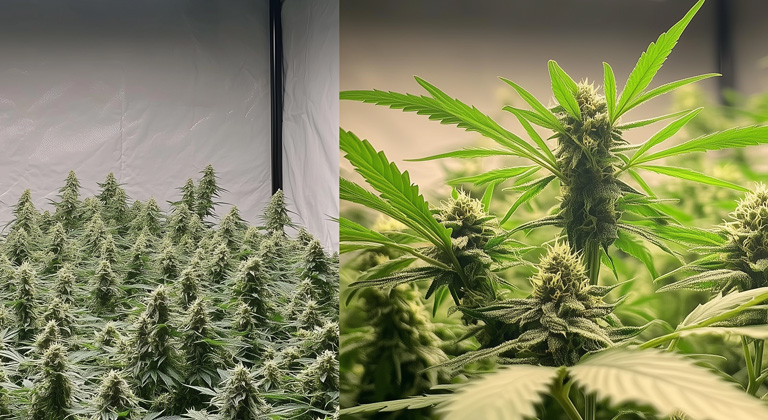
LED Lighting and Cannabis Cultivation
The light-emitting diode or LED is a semiconductor device that emits light when an electric current is applied. Unlike incandescent bulbs, LEDs don’t use filaments and are much more energy efficient.
General characteristics of LED grow lamps.There are different types of diodes suitable for horticulture and cannabis cultivation, based on the radiation they emit.
Blue light spectrum for the vegetative period. Red light spectrum specially for the flowering period. Ultraviolet or infrared, invisible to the eye but affecting yield and quality of the harvest. Full Spectrum, which mimics the sun’s white light and contains the full range of radiation that plants need throughout their life, all in one.The combination of these diodes results in several types of LED lamps:
SMD LED (Surface Mounted Device): Three diodes on the same chip, usually mounted with specific spectrums, blue for growth, deep red for flowering, etc. These units tend to produce more heat, like the Blooming LED, a pioneer in this technology, and have become somewhat outdated in favor of other lighter systems that generate less heat. COB LED (Chip on Board): This type encapsulates several diodes (more than three) in a single chip, enabling more uniform and powerful light emission. COB lights typically emit a more natural and bright light spectrum. UV or Infrared LED. They emit radiation outside the visible range, can be part of a full-spectrum fixture or be separate units for certain moments in the process, such as UV in the flowering phase for stronger resin production. Modular LED (Quantum Board): These modular panel systems are composed of multiple LEDs on a large, flat surface. They offer full spectrum and can cover large grow areas without hot spots or shadows. Full Spectrum LED: Simulates sunlight and is suitable for all life stages of the plant. Dimmable LED: Allows you to adjust the LED radiation according to the plant phase (growth, flowering…), for a more personalized result.